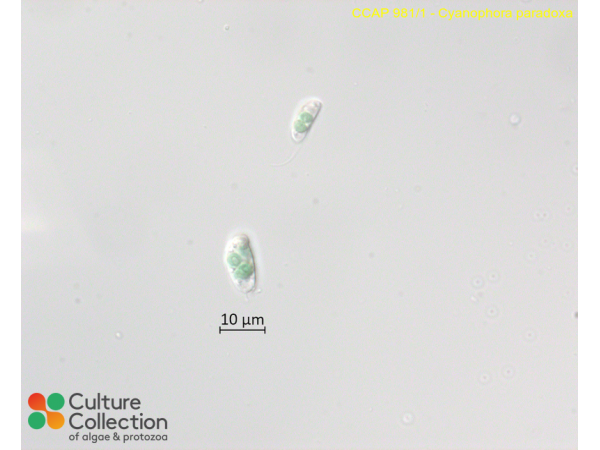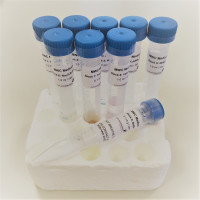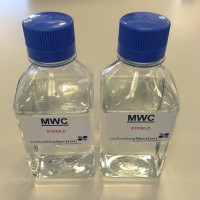Note: for strains where we have DNA barcodes we can be reasonably confident of identity, however for those not yet sequenced we rely on morphology
and the original identification, usually made by the depositor. Although CCAP makes every effort to ensure the correct taxonomic identity of strains, we cannot guarantee
that a strain is correctly identified at the species, genus or class levels. On this basis users are responsible for confirming the identity of the strain(s) they receive
from us on arrival before starting experiments.
For strain taxonomy we generally use AlgaeBase for algae and
Adl et al. (2019) for protists.
| Attributes | |
| Authority | Korschikov 1924 |
| Isolator | Pringsheim (1943) |
| Collection Site | plankton in alkaline water England, UK |
| Climatic Zone | Temperate |
| Notes | Needs vitamins B1 and B12; length 11.42 - 13.05 µm, width 4.89 - 8.16 µm |
| Axenicity Status | Bacteria and other organisms present |
| Area | Europe |
| Country | UK |
| Environment | Freshwater |
| GMO | No |
| In Scope of Nagoya Protocol | No |
| ABS Note | Collected pre Nagoya Protocol. No known Nagoya Protocol restrictions for this strain. |
| Collection Date | c 1943 |
| Pathogen | Not pathogenic: Hazard Class 1 |
| Strain Maintenance Sheet | SM_FreshwaterCryptophytes.pdf |
| Toxin Producer | Not Toxic / No Data |
| Type Culture | No |
| Taxonomy WoRMS ID | 610203 |
| Equivalent Strains | SAG 29.80,UTEX 555 |
| Other Designations | UWCC FW142 |
Related Products
CCAP FAMWC-C
MWC Medium
CONCENTRATED STOCKS
Non-sterile concentrated stocks to make up 5 litres of MWC medium. MWC (Modified WC) medium is used
CCAP FAMWC-P
MWC Medium
1 LITRE PREMADE
1 litre of sterile, ready to use, MWC medium. MWC (Modified WC) medium is used for culturing freshw









